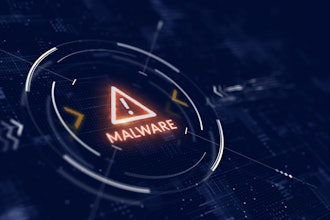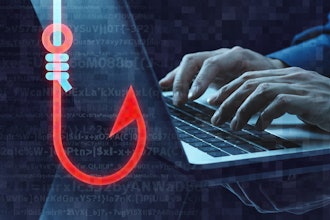
From time to time, the cybersecurity industry latches on to an especially high-profile ransomware incident, the MGM Alphv (Black Cat) attack is coming to mind as of late, where many of us attempt to deep dive into potential security failures, threat actor operations, and anything that might tell a compelling ransomware story. What many are not privy to is that these attacks are happening at an increasing rate year-over-year, with no sign of stopping.
In 2022, the GuidePoint Research and Intelligence Team (GRIT) tracked 2,503 publicly named ransomware victims across all industry verticals. As of August 31, 2023 there were 2,890 publicly named victims. Based on the projected total number of named victims, there will be a 60 percent increase in ransomware attacks year over year.
Similarly, the number of active ransomware groups is also increasing at an alarming rate. There were 55 active double extortion ransomware groups in 2022 while 2023 has already seen 52. If this trend holds, this will represent a 16 precent increase year-over-year of new groups joining the ransomware community.
The Impact to Manufacturing
The manufacturing industry has been the most impacted vertical in both 2022 and 2023. Representing 13.2 percent of publicly named ransomware victims in 2023, with 1-2 new manufacturing victims named to ransomware leak sites every day. And these only represent the victims that do not pay the ransom demand. The total number of impacted companies is likely far larger than these statistics represent.
Manufacturing companies in the U.S. are far more likely to be impacted by ransomware than in other countries. In 2022, U.S. manufacturers represented 40 percent of all manufacturing victims, while in 2023 that number has risen to 46 percent. Other western countries including Germany, the United Kingdom, and Canada have historically each represented between 5-8 percent of the total manufacturing victims globally, a number far lower than observed in the U.S.
From year to year, there are threat groups that consistently impact manufacturing - namely LockBit. In 2022, LockBit accounted for 30 percent of all publicly named manufacturing victims, a trend continuing into 2023 where LockBit accounts for 23 percent of publicly-named manufacturing attacks. This is despite a summertime hiatus.
Alphv, the group claiming responsibility for the MGM attack, is also a major source of victimization for the manufacturing sector, representing 11 percent of publicly named victims in 2023. With ransomware we often focus on the doom and gloom around attacks, however, not all hope is lost.
There is still a lot we can, and should, be doing to mitigate the risks associated with ransomware attacks.
Measures to Mitigate Risk
In cybersecurity there tends to be a focus on making sure that we are keeping up with the latest technology to reduce risk, but it is far too often that we see ransomware attacks resulting from gaps in foundational components of a cybersecurity program, or teams that simply don’t have the training to respond effectively in the critical hours after an attack has begun. Based on my experiences in incident response and threat intelligence, I recommend that we go back to the basics, such as:
- Security In-Depth. This recommendation covers all three of the people, process and technology triad. We need to ensure that from all three perspectives we have overlapping duties, overlapping processes and overlapping technologies. When we have a gap in one component, there is already another that is overlapping to mitigate that risk. The more that we focus on making sure we discover gaps and overlap our controls, the more likely we are to prevent, detect and respond in a way that limits the impacts of ransomware.
- IR Plans and Tabletop Exercises. IR plans and tabletop exercises are crucial for building effective processes and training people within a cybersecurity team, as well as elsewhere within the organization. The IR plan focuses on building effective processes, while the tabletop exercise focuses on building the muscle memory to ensure everyone knows their role in an incident. Both are crucial for preparing for, and responding to, ransomware attacks.
- Highly Trained Cybersecurity Staff. Ensuring your cybersecurity staff have adequate training opportunities and are afforded the time to improve their skills is important to ensuring you have a team that is ready to handle a ransomware attack. Additionally, training opportunities help keep morale high, which results in a team ready to respond. Lastly, including methods of automation and orchestration extend the team’s ability to be effective and do more with less.
Although ransomware continues to be an increasing problem for manufacturers, we have a lot to look forward to in the future. As we have explored, there are fundamental ways that we can focus on reducing the risk of ransomware attacks by getting back to the basics. As 2023 ends and 2024 begins, we may continue to see an upward trend in ransomware victims, but through systematic and calculated methods of reducing risk, hopefully your organization will not be among them.



















